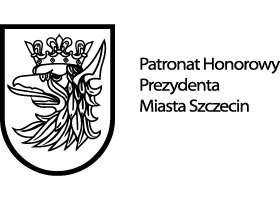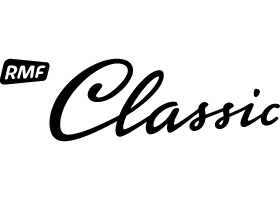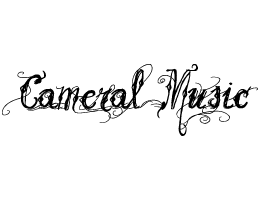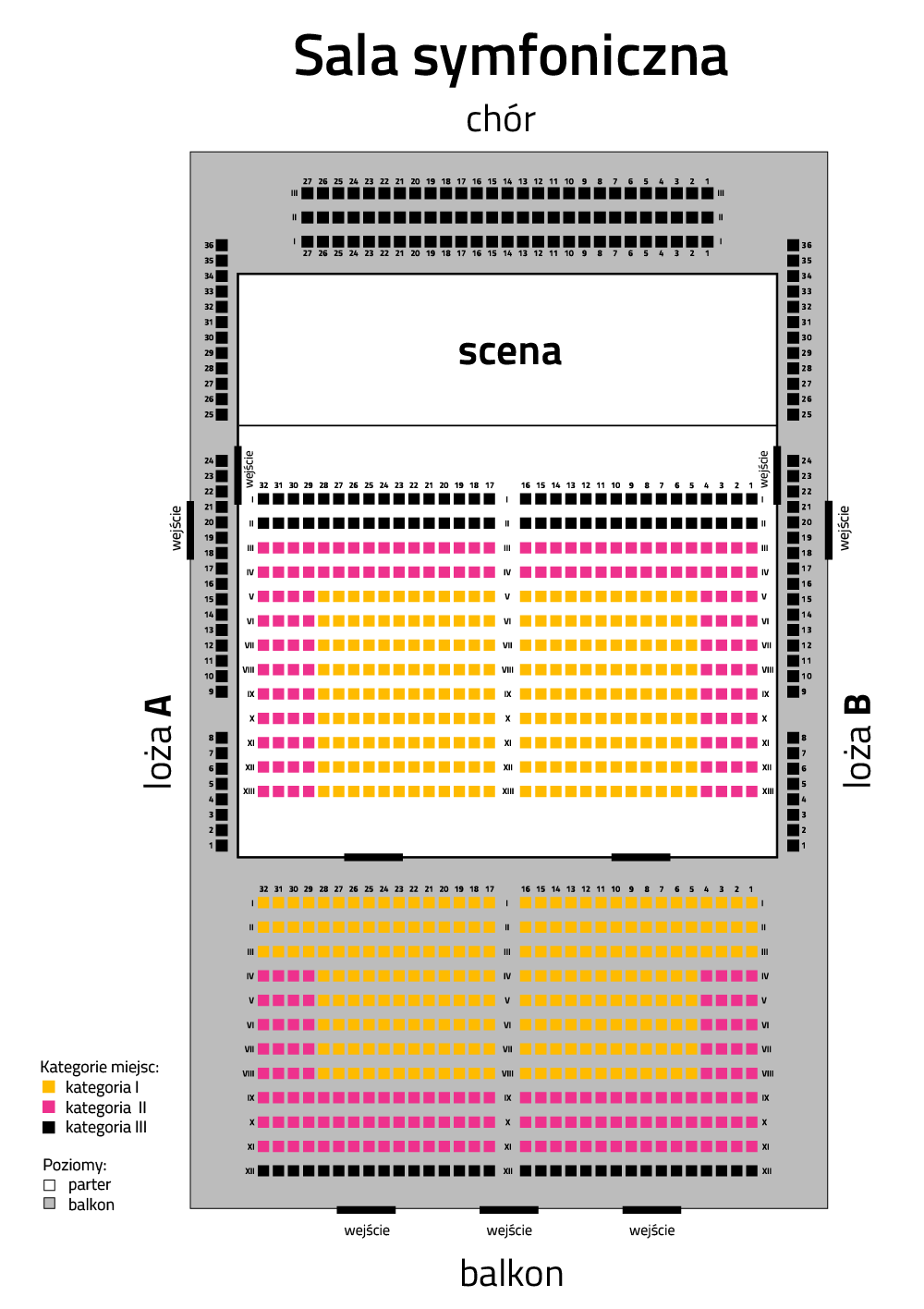This philharmonic evening on Independence Day will begin with a piece from the most outstanding opera composer of the pre-Moniuszko era. The role of the composer of "Halka" in the history of Polish opera is not debated, but the one who made a way for it was Karol Kurpiński from Włoszakowice in Wielkopolska (1785-1857).
Most of his operas have historical themes and were written in the days of the great hopes and dreams of Napoleon, the savior of the nations. These important historical-musical scores include the immortal "Warszawianka", the anthem of the November Uprising, and the opera, "The Superstition, or Cracovians and Highlanders." Melodies from "New Cracovians ", as this opera was nicknamed to distinguish it from an earlier work with the same title by Jan Stefani, were very much to the liking of Fryderyk Chopin. He later incorporated them into his piano improvisation during the recitals. Moniuszko, on the other hand, used the melody of "Olszynka" from Kurpiński's opera "Castle on Czorsztyn" in the “Halka” aria – "By the wind the bush is broken". As it can be seen, Karol Kurpiński's work influenced subsequent generations of composers. His music is still waiting for its renaissance, and a step forward will be made by the Young Polish Philharmonic Orchestra who will perform the overture to the opera "Alexander and Apelles" (opera from 1815, the story of the painter Apelles, the court artist for Alexander the Great).
The figure of German composer Georg Philip Telemann does not distract us from the Polish contexts. As Telemann, who lived in the same time as Johann Sebastian Bach, exerted a tremendous influence on 18th German century music. He served in the court of the Count of Promnitz, courtier to the King of Poland August II from 1705-1708. Telemann's debut took place in September 1705 when the King of Poland stopped in Żary, on the way from Warsaw to Dresden. Telemann, during his service in Poland, met folk music: "It is hard to believe how wonderful the pipers and violinists are when they begin to fantasize during dance breaks." In Telemann's very extensive artistic work there are many Polish references... And conversely, the music school in Żary bears Telemann’s name, thanks to which young people become familiar with the figure that is of great importance in the history of 18th century European culture. His Viola concerto, created between 1716 and 1721, is one of the more frequently played pieces from the composer.
Roman Spitzer is a viola player combining the role of viola bandleader (recently he won an audition for the Rotterdam Philharmonic Orchestra) with an intense concert activity and a wide repertoire (from Baroque music through “Harold in Italy” by Berlioz to Bartok for viola).
For the finale of the celebratory evening at the Philharmonic, Symphony in D major of the 18th-century composer Wojciech Dankowski (1760 – 1800) from Wielkopolska will fill the Hall. We know that "Danek" – as his works were often signed – was of Czech origin and was associated with the Cathedral in Gniezno (1787-90), where he acted as bandleader and composer. He probably also worked in Poznań, from the many works that are kept in the church of Mary Magdalene. It is known from the papers that Adalbertus Dankowski composed at least 9 symphonies, but unfortunately most of them went missing. Symphony in D major proves that the musician from Wielkopolska had mastered Haydn and Mozart's musical language, as the composition consists not of three parts as in the case of early classicism, but of four fully developed parts of symphonic cycle. The original sound of the finale is provided by a group of wind instruments playing solo fragments.
Picture this; while in the capital of the Habsburg Empire, the Viennese were listening to Mozart's symphonies, in London the artistry of Haydn was admired, and somewhere in the palace of Prince Lobkowitz "Eroica" by Beethoven could be heard, in a monastery in Obra Wielkopolska, in the churches of Gniezno and Poznań, Symphonies by Wojciech Dankowski were being performed before the Holy Mass. It must be remembered that the rule in 18th-century Europe was to perform lay compositions during masses in churches and monasteries. It is true that the ecclesiastical authorities had fought against that secular element during the liturgy, but they had turned a blind eye toward symphonies. In 1794, Pope Benedict XV wrote: "Finally, as to the symphony, they can be tolerated where they are customary, if only they are serious and their length doesn’t bore the audience."
In Europe, the struggle to perform symphonies in churches didn’t stand a chance. Possibly, it would cause a drop in participation by the adherents in the masses. A similar situation existed in the Polish territories, except that here the churches were filled with people thanks to the music, meaning not only a fervent faith in God but also in a rebirth of the Republic – as during the celebration of Independence Day it is good to keep it in mind.
------------------------------
Mikołaj Rykowski PhD
Musicologist and clarinetist, doctorate, and associate at the Department Music Theory at the Paderewski Academy of Music in Poznań. Author of a book and numerous articles devoted to the phenomenon of Harmoniemusik – the 18th-century practice of brass bands. Co-author of the scripts "Speaking concerts" and author of the spoken introductions to philharmonic concerts in Szczecin, Poznań, Bydgoszcz and Łódź.
Projekt „Vivat musica polonica” sfinansowano ze środków Ministra Kultury i Dziedzictwa Narodowego w ramach Programu Wieloletniego NIEPODLEGŁA na lata 2017-2021.
Współorganizatorem koncertu jest Fundacja Zwierciadło.
Patronem honorowym koncertu jest Prezydent Miasta Szczecin.
Patronami medialnymi koncertu są TVP Kultura, TVP 3, Dwójka – Polskie Radio, Radio Szczecin, Głos Szczeciński, GS24, naszemiasto, Zwierciadło, Sens,
Zwierciadlo.pl.
Partnerem koncertu jest Ruch Muzyczny.
Współpraca redakcyjna: RMF Classic, Presto, Audio lifestyle, Cameral Music, MM Trendy.
Co-organizers


Honorary Patronage

Media patronage








Partner

Współpraca redakcyjna





Grants






















